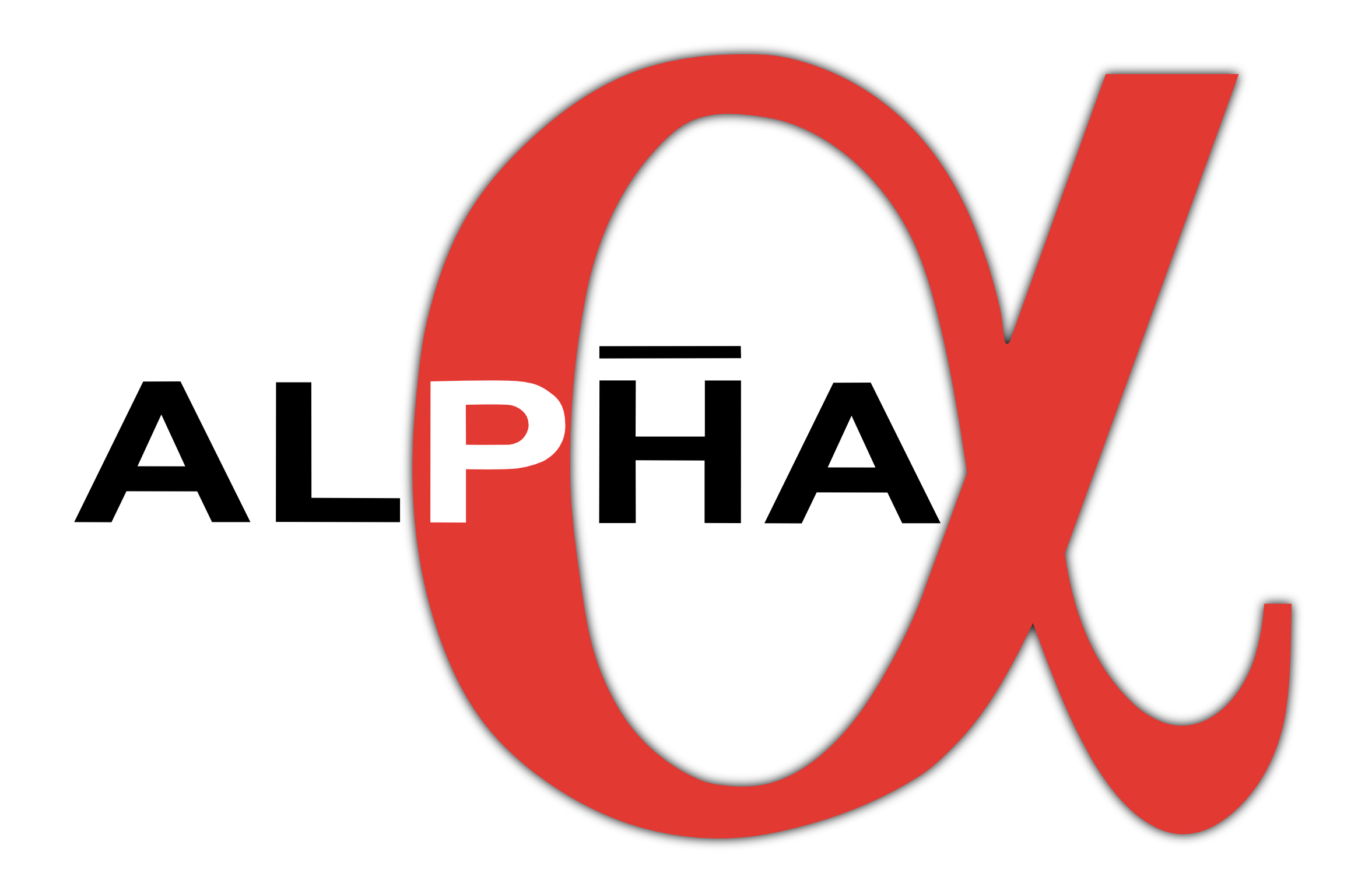The programme of physics with low-energy antiprotons at CERN, the European Particle Physics Laboratory, has a long history, beginning with the inauguration of the Low Energy Antiproton Ring (LEAR) in 1982. That machine produced antiprotons decelerated to kinetic energies of a few MeV, an achievement made possible due to advances in techniques that enabled cooling of charged particles held in storage rings. Pioneering experiments to trap and cool antiprotons to meV energies were carried out at LEAR and a landmark achievement was reached in 1995, when the first nine atoms of antihydrogen were observed by the PS210 experiment.
This article introduces the Theo Murphy meeting issue ‘Antiproton physics in the ELENA era’.
Niels Madsen
